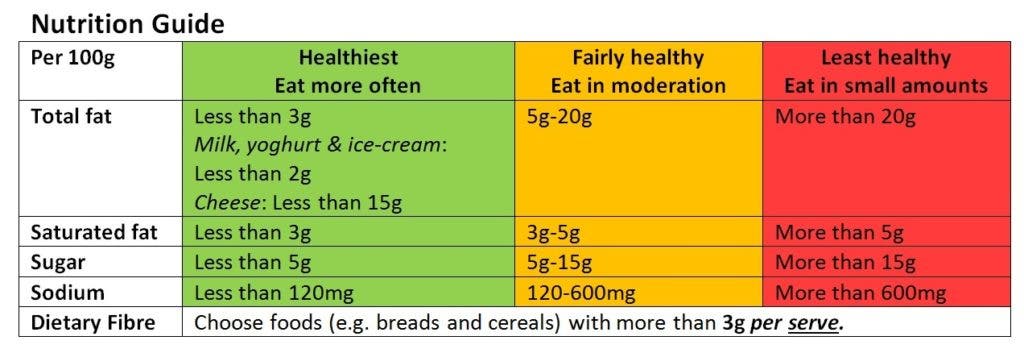A new study confirms something that, at a basic level, seems pretty clear: if you eat unhealthy foods, you’re more likely to be unhealthy. In particular, you’re more likely to develop cancer.

Bad food, good labels
The connection between nutrition and the risk of cancer remains a complex and intricate topic. Sure, it’s clear that good foods are better than bad foods — but what exactly constitutes good/bad and how much of an impact this has is notoriously difficult to quantify. With this in mind, the British Food Standards Agency has developed a nutrient profiling system (FSAm-NPS), which is used exactly for that. The system is (of course) complex but, essentially, it gives scores to different foods on various scales, such as free sugars, fats, and fibers. Think of it as a Nutri-score which can be applied to virtually all foods.
A new study analyzed this grading system, finding that it did a good job at predicting cancer rates. Along with her colleagues, Mélanie Deschasaux of the French National Institute for Health and Medical Research analyzed food intake data from 471,495 adults from the European Prospective Investigation into Cancer and Nutrition.
They split the people into five equal groups based on the quality of the food they were eating and found that the healthier the food that a group consumed was, the lower the cancer rates were amongst group members.
The differences weren’t huge (81.4 and 69.5 cases per 10,000 person-years in the bottom and top 20%, respectively), but they were significant. The cancer risk rates were particularly increased for cancers of the colon-rectum, upper aerodigestive tract and stomach, lung for men, and liver and postmenopausal breast for women.
Advertising health
[panel style=”panel-info” title=”Bad diet, bad health” footer=””]Chronic diseases and cancers related to unbalanced and unhealthy eating habits have become one of the major issues of the modern age — so much so that many national and international health bodies have focused on making people shift towards wholesome dietary patterns.
The general approach also encourages the use of food-labels to help consumers choose healthier products. Although some studies have raised some questions regarding the efficiency of food labels, there’s still good reason to believe that a simple, wide-usage, and all-encompassing labeling system can make a very big difference in how people eat[/panel]
Helping consumers make better choices about what they eat is essential for raising living standards and improving the overall population health, but developing a broad, standardized labeling system for this has proven very challenging. European authorities are considering implementing a unique nutrition label as a system to reflect the nutritional quality of food products, and France and Belgium have already implemented the five-color Nutri-Score, but in other countries, different producers are allowed to choose their own color-codes for labeling — or there simply isn’t a universal labeling standard.
Researchers recommend using FSAm-NPS for such a labeling standard, especially based on these recent results.
The study has been published in PLOS Medicine.






